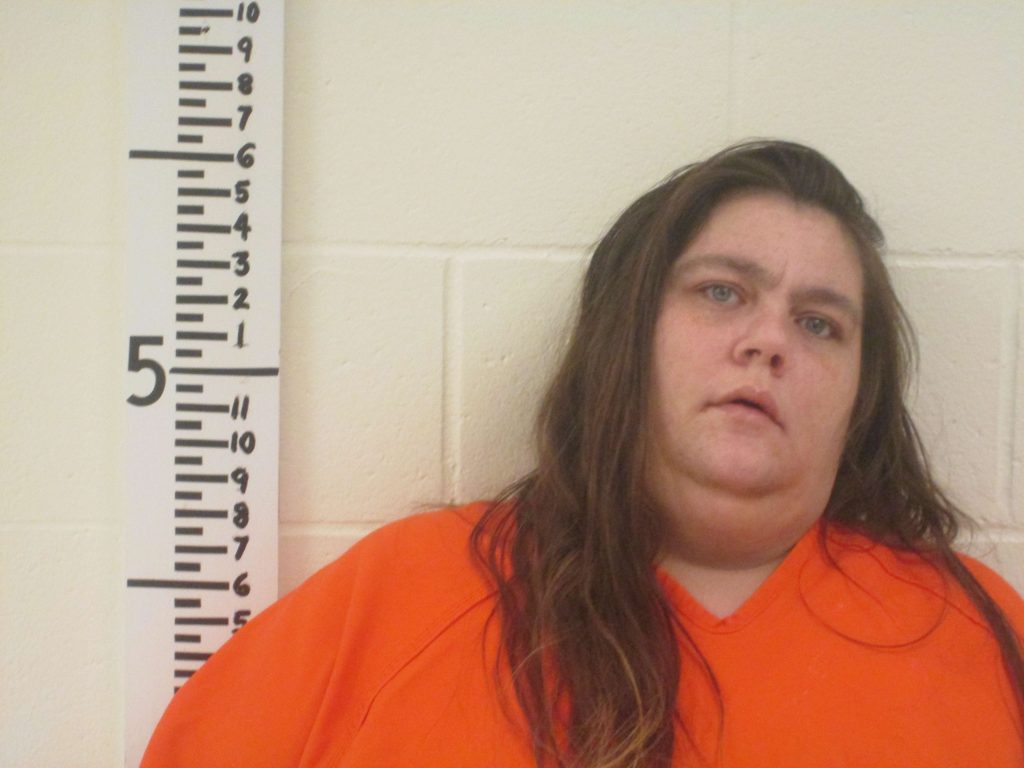 PHOTO: Almost 450 people returned positive drug tests on ACT roads in 2016. (AAP)
PHOTO: Almost 450 people returned positive drug tests on ACT roads in 2016. (AAP)Police are nabbing 12 times more Canberrans for drug-driving than four years ago in a trend experts say is sweeping the country.
But drivers do appear to be getting the message when it comes to drink-driving, with the proportion of tested drivers over the alcohol limit nearly halving over the same period.
Almost 450 people returned positive drug tests on ACT roads in 2016, compared with just 37 in 2012 – the first full year of drug-driving testing after the ACT Government brought in the policy.
Taking into account an increase in the number of tests administered by police, the proportion of positive results spiked from 2.1 per cent of drivers tested to 16.4 per cent.
 PHOTO: Experts say a variety of factors play a part in the increase in positive tests. (Supplied: ACT Policing)
PHOTO: Experts say a variety of factors play a part in the increase in positive tests. (Supplied: ACT Policing)Acting officer-in-charge of Traffic Operations Sergeant Ken Hedges said he was pleased fewer people were getting behind the wheel drunk, but warned drug-driving was just as dangerous.
“There’s no doubt about it, these drugs will impair your ability to drive a car properly, and accidents are caused from those,” he said.
Max Cameron from Monash University’s Accident Research Centre said the trend was reflected across the country.
He attributed the rise to a number of factors including the increasing availability of drugs, mass drink-driving advertising campaigns and the high prevalence and visibility of random breath testing.
“People remember the drink-driving campaigns well after they’re finished, so we tend to have that well embedded in our consciousness but not so much the message about drug-driving,” he said.
Professor Cameron also blamed the relatively expensive cost of drug tests, which stops them being widely used and therefore acting as a deterrent.
“It’s got a long way to go, it reminds me very much of the drink-driving situation about two decades ago,” he said.
“In the early days the drink-driving tests were similarly very expensive and police were reluctant to use them.”
Increase due to ‘better targeting’
Police said drug-testing was administered both at random and using targeting.
Canberra Alliance for Harm Minimisation manager Chris Gough said the fact police targeted suspected drug-drivers meant nothing could be deduced from the statistics except that police were good at selecting drivers.
“It’s a way for drug law enforcement as opposed to community safety,” he said.
The ACT’s zero-tolerance policy means a person is charged if the presence of one of three drugs – cannabis, ecstasy or ice – is detected in the driver’s system.
Detection times vary depending on the type and strength of the drug, the person taking it, and whether a combination of drugs was used.
Mr Gough said he believed drug testing should be based on impairment, as is done with alcohol.
“I know of a lot of people who have been convicted of drug-driving offences when they feel they hadn’t been impaired at the time,” he said.
But Professor Cameron warned that unlike alcohol, many people could not accurately predict the effects of certain drugs or combinations of drugs.
[“source-smallbiztrends”]

